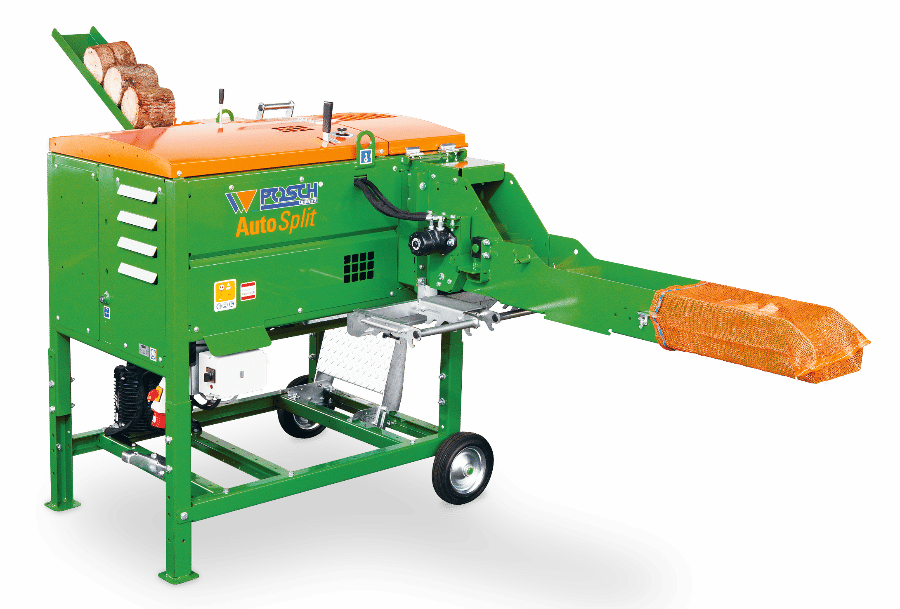logs for hearth

Firewood logs are pieces of wood which would possibly be reduce and split into appropriate sizes for burning in numerous applications, such as heating, cooking, or creating a comfortable ambiance in a fire, wood stove, or campfire. Properly seasoned and ready firewood logs are important for environment friendly and safe burning. Here are some key concerns for firewood logs:
Types of Wood: The sort of wooden used for firewood can significantly have an effect on its burning traits. Kindling Redruth Cornwall of wooden, such as hardwoods, softwoods, fruitwoods, and unique woods, have various warmth output, burn instances, and aromas when burned.
Seasoning: Firewood should be properly seasoned, which means it has been allowed to dry and cut back its moisture content to an acceptable stage for burning. Seasoned wooden burns extra efficiently, produces much less smoke, and generates more heat.
Size and Length: Firewood logs are usually minimize to specific lengths suitable for the supposed use. Common lengths are round 16 to 18 inches (40 to forty five cm) for fireplaces and wood stoves. Smaller sizes are often used as kindling.

Splitting: Logs are often cut up into smaller items to increase surface area, permitting for higher airflow and faster ignition. Splitting also helps the wood dry more quickly through the seasoning process.
Stacking and Storage: Firewood ought to be stacked in a dry, well-ventilated space for proper seasoning. Stacking the logs off the bottom on a raised platform or pallet helps prevent moisture absorption from the bottom.
Moisture Content: The best moisture content for seasoned firewood is usually below 20%. Higher moisture content can result in smoky and inefficient burning.
Bark: Firewood logs with the bark removed could be a good choice, as bark can contain extra moisture and impurities, resulting in a much less efficient burn.
Cleanliness: Ensure that the firewood logs are free from filth, bugs, mould, and any international substances that could affect the quality of the fire or produce dangerous fumes when burned.
Sustainability: Consider the sustainability of the wooden source. Using wooden from sustainable and renewable sources helps minimize the environmental impression.
Local Regulations: Be conscious of native laws concerning the harvesting and transportation of firewood, especially if you're sourcing it from public lands or transporting it throughout state or regional boundaries.
Safety: Practice protected dealing with and storage of firewood to forestall accidents, injuries, or pests. Keep firewood away from constructions to reduce the risk of termite infestations.
When utilizing firewood logs, whether or not for heating, cooking, or recreational purposes, prioritize safety, correct storage, and adherence to native rules. Well-prepared and seasoned firewood can enhance your hearth expertise, offering warmth, consolation, and a pleasing ambiance..
